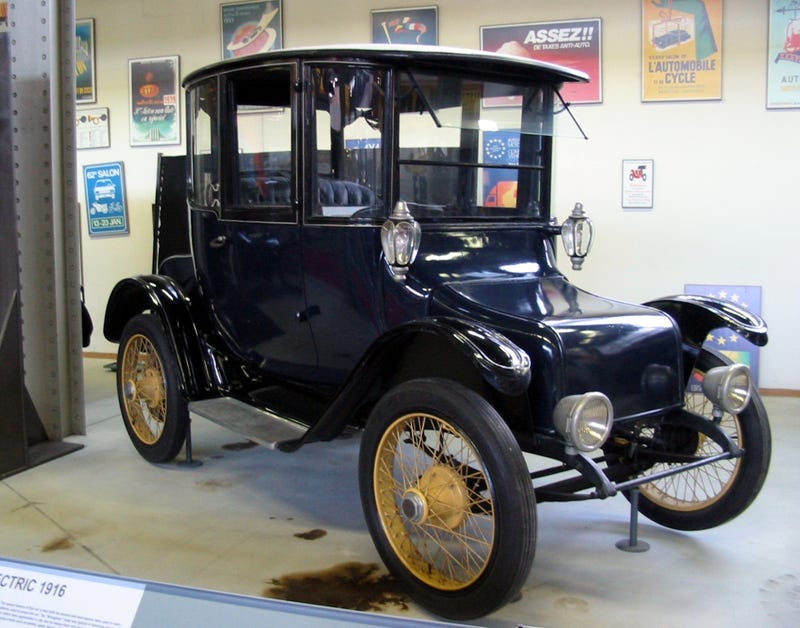wrong timing?
Kevin's Newsletter #32
5 Inventions that were ahead of the time
1. Contact lenses – 1632
Leonardo da Vinci is credited with describing and sketching the first ideas for contact lenses in his 1508 Codex of the eye, In 1632, René Descartes furthered the evolution of contact lenses with a suggestion of corneal lenses. In 1801, Thomas Young on the basis of Descartes' idea and with a quarter-inch-long, water-filled glass tube and the outer end containing a microscopic lens used it to correct his own vision.
In 1827, English astronomer Sir John Herschel suggests grinding a contact lens to conform exactly to the eye's surface. He also suggested taking a mould of the eye to ensure accurate fitting, and this was something that finally became possible in 1884 with the development of anaesthesia. Sir John Herschel was probably the first person to describe the concept of cosmetic lenses.
2. Solar cells – 1883
In 1883, American inventor Charles Fritts made the first solar cells from selenium. Though Fritts had hoped his solar cells might compete with Edison’s coal-fired power plants, they were less than one per cent efficient at converting sunlight to electricity and thus not very practical. Some research on selenium photovoltaics continued for the next several decades, and a few applications were found, but they were not put to widespread use.
The next major advance in solar cell technology was made in 1940 by Russell Shoemaker Ohl, a semiconductor researcher at Bell Labs.
If you are liking the content, don’t forget to subscribe for weekly Sapience.
3. Vending machine
Forget your Cokes – The earliest known reference to a vending machine is in the work of Hero of Alexandria, an engineer and mathematician in first-century Roman Egypt. His machine accepted a coin and then dispensed holy water.
When the coin was deposited, it fell upon a pan attached to a lever. The lever opened a valve which let some water flow out. The pan continued to tilt with the weight of the coin until it fell off, at which point a counterweight snapped the lever up and turned off the valve.
Coin-operated machines that dispensed tobacco were being operated as early as 1615 in the taverns of England. The machines were portable and made of brass. An English bookseller, Richard Carlile, devised a newspaper dispensing machine for the dissemination of banned works in 1822. Simon Denham was awarded British Patent no. 706 for his stamp dispensing machine in 1867, the first fully automatic vending machine.
4. Electric car – 1828
In 1891, William Morrison built what we today would recognize as an electric car. It carried six passengers at a top speed of 14 miles per hour.
His car was instrumental in helping drum up interest in exploring the idea of an electric car as a major means of transportation.
5. DynaBook
This forward-thinking computer design seems prescient now. Alan Kay, considered one of the founding fathers of programming technology, developed this prototype in the late 1960s. The slate design had an LCD display and a full keyboard for typing. This was before anyone had invented a laptop or a tablet and decades before the Apple iPad took over the mobile computing market.
Even though computers still filled up part of a building, the futuristic concept made sense: you could carry all of your work to a meeting on one simple device. Interestingly, while the DynaBook never really came to fruition (after all, it was only meant as a concept and not for mass production), the concept finally materialized just over the past few months with the Windows 8 operating system. Now having a laptop without a touchscreen seems quaint and old-fashioned.
Thank you for reading this edition of Sapience. Please share and subscribe if you liked the content and stay tuned for our next “Sapience”.
Follow us on-
Twitter - @mysapiences
Instagram- @sapience.io
Till next time, Ciao!







